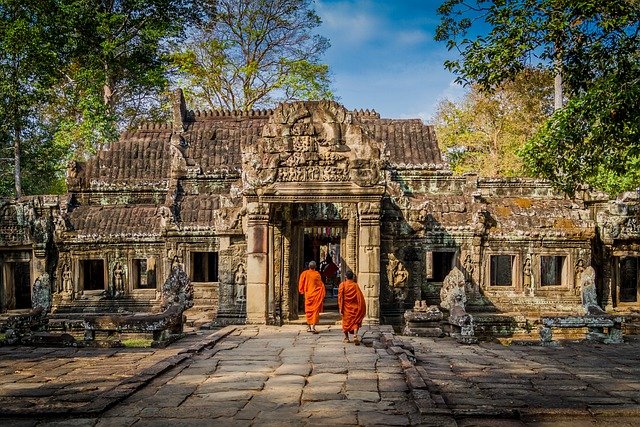Exploring the Ancient Art of Caravanserai Travel
Embark on a journey through time and space as we delve into the fascinating world of caravanserai travel. This ancient form of adventuring, once the lifeblood of trade routes spanning continents, is experiencing a modern revival. Discover how travelers are rediscovering these historic waypoints and reimagining them for contemporary explorers seeking authentic cultural experiences.

The Modern Revival of Caravanserai Travel
In recent years, there has been a growing interest in reviving the caravanserai experience for modern travelers. This resurgence is driven by a desire for more immersive and authentic cultural encounters, as well as a fascination with historical travel methods. Tour operators and local governments are working to restore and repurpose ancient caravanserais, transforming them into unique accommodations that blend historical charm with modern comforts.
Experiencing the Caravanserai Route
Today’s caravanserai travelers can follow in the footsteps of ancient merchants, exploring a network of restored inns across countries like Turkey, Iran, and Uzbekistan. These journeys often involve a mix of overland travel by car or bus, interspersed with stays at renovated caravanserais. Travelers can expect to encounter a diverse range of architectural styles, from the grand stone structures of Seljuk Turkey to the intricate brick designs of Safavid Iran.
Cultural Immersion and Local Interactions
One of the most appealing aspects of caravanserai travel is the opportunity for deep cultural immersion. Many restored caravanserais now function as living museums, showcasing traditional crafts, cuisine, and performances. Travelers can participate in workshops, learn about local customs, and interact with artisans and storytellers, gaining insights into the rich tapestry of cultures that once converged at these crossroads of civilization.
Challenges and Considerations
While caravanserai travel offers a unique and rewarding experience, it comes with its own set of challenges. Many of these historic sites are located in remote areas, requiring careful planning and sometimes long periods of travel between stops. Additionally, the level of comfort and amenities can vary widely between locations, with some offering luxurious accommodations and others providing more basic facilities in keeping with their historical roots.
The Future of Caravanserai Tourism
As interest in experiential and heritage tourism continues to grow, the future of caravanserai travel looks promising. Governments and tourism boards are increasingly recognizing the potential of these historic sites to attract culturally curious travelers and stimulate local economies. Efforts are underway to develop comprehensive caravanserai routes, complete with curated experiences and improved infrastructure, making this form of travel more accessible to a wider range of visitors.
Insider Tips for Caravanserai Adventurers
-
Research the historical significance of each caravanserai on your route to enhance your appreciation of the sites
-
Pack versatile clothing suitable for varying climates and cultural norms
-
Learn a few key phrases in the local language to enhance interactions with community members
-
Bring a journal to document your journey, following in the tradition of ancient travelers
-
Be prepared for long travel days between caravanserais, especially in more remote regions
-
Respect the historical nature of the sites and follow all preservation guidelines
-
Engage with local guides to gain deeper insights into the history and culture of each location
As we rediscover the ancient art of caravanserai travel, we open doors to a world of cultural exchange and historical wonder. This unique form of exploration not only allows us to step back in time but also to forge meaningful connections across cultures and generations. By embracing the spirit of the caravanserai, modern travelers can experience the romance of ancient trade routes while contributing to the preservation and revitalization of these important historical landmarks.





